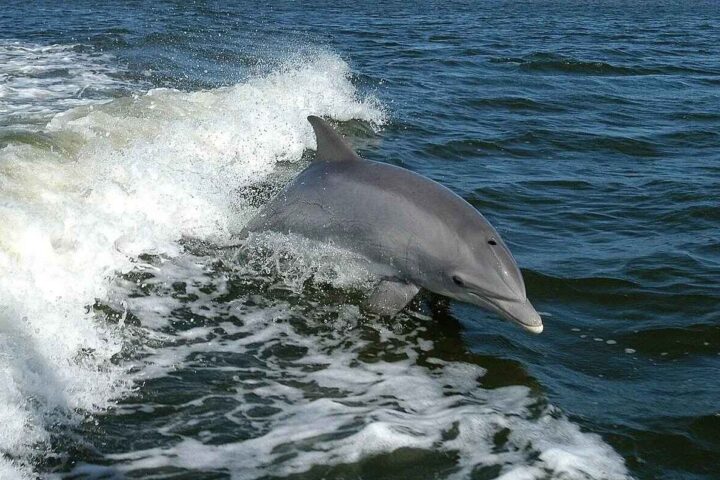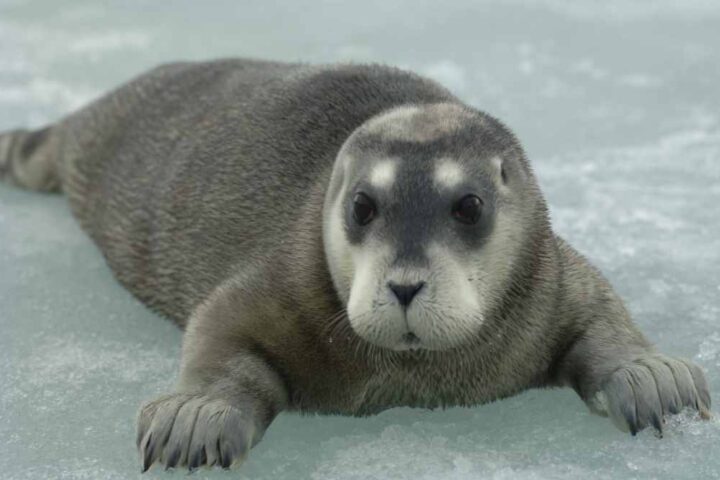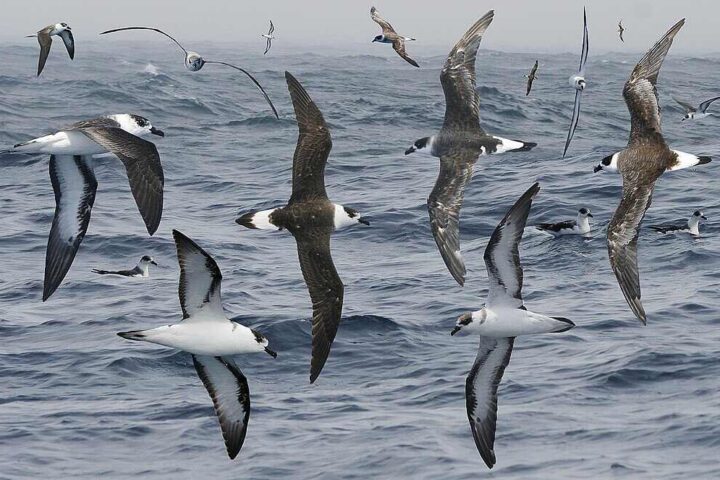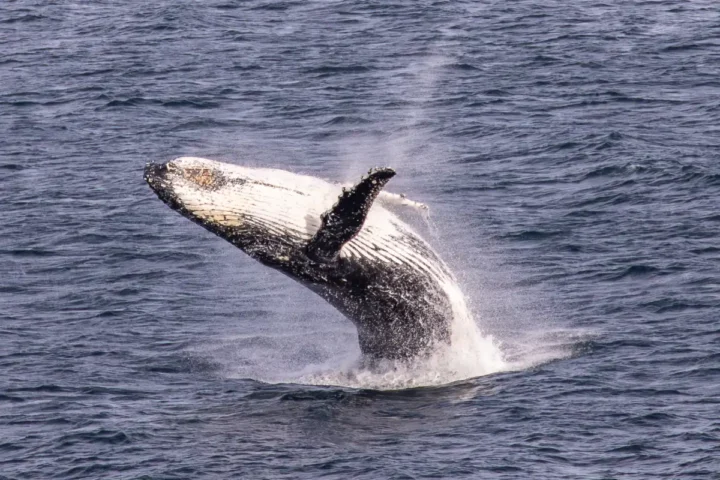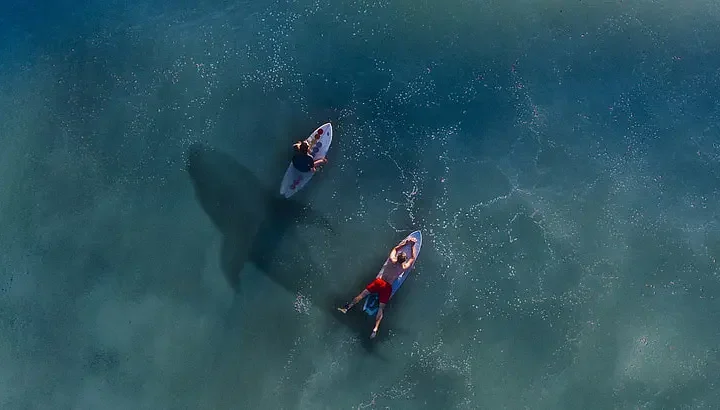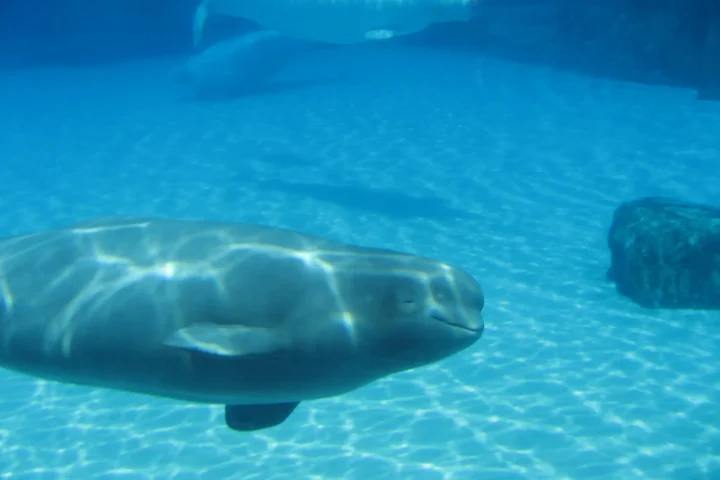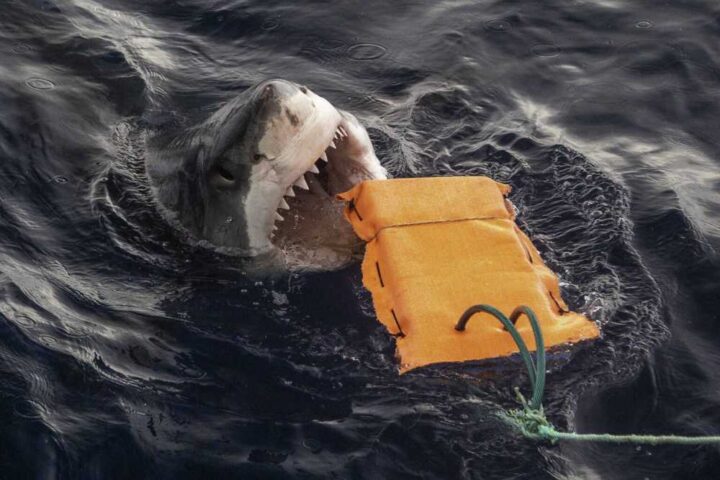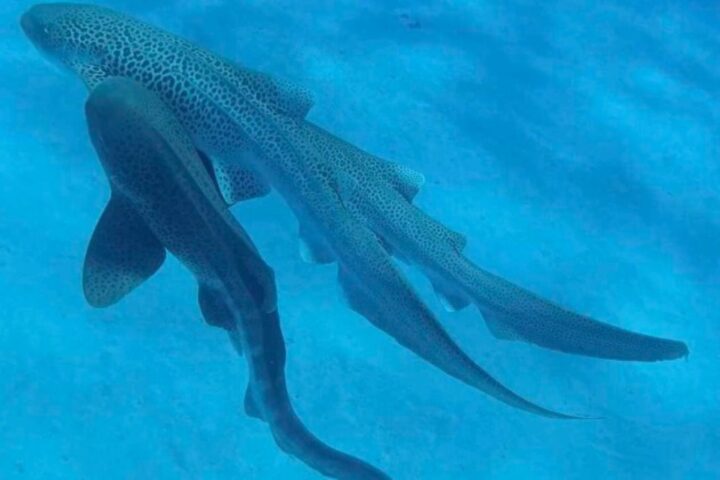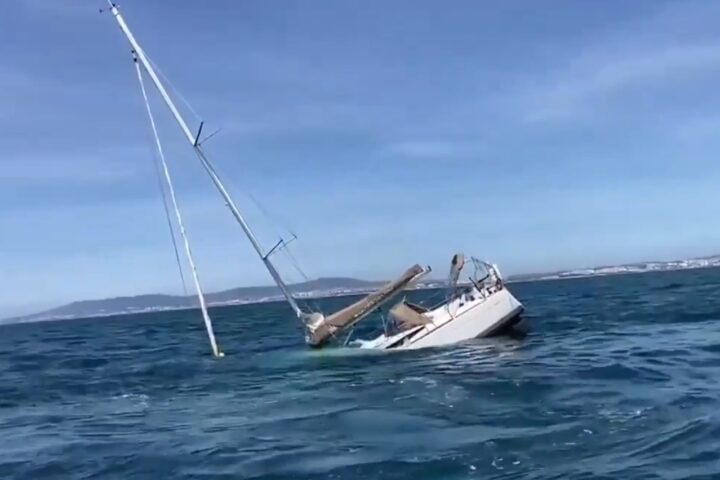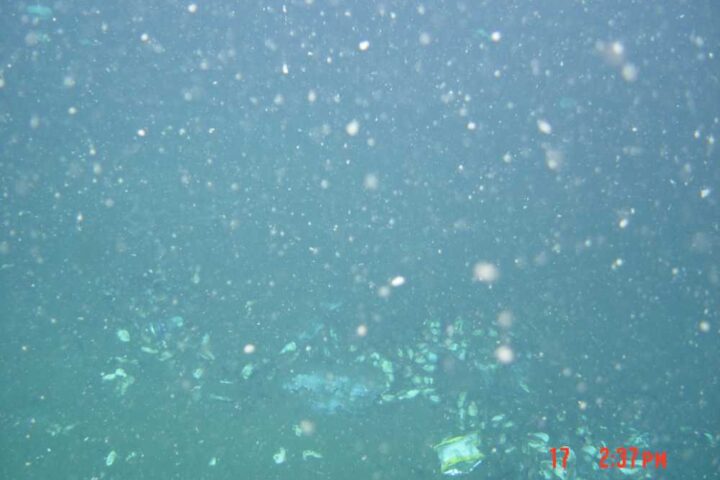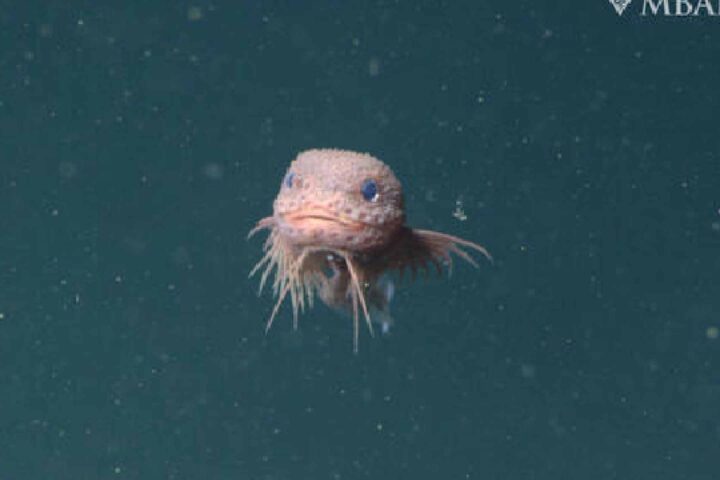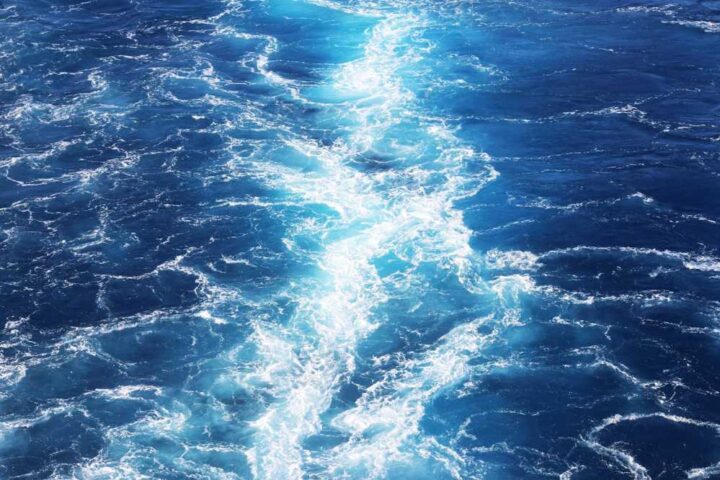The Arctic Ocean is getting noisier by the day. Ship engines, oil exploration, and construction are creating an underwater racket that’s harming whales, seals, and other marine animals.
Recent findings from the Arctic Council show underwater noise in the Arctic doubled between 2013 and 2019. What took over 30 years to happen in other oceans took just six years in the Arctic. By 2030, noise levels are expected to jump by 5 decibels – nearly quadrupling the underwater noise intensity.
“This makes it harder for whales and other marine mammals to find food, navigate and avoid predators, all of which they do primarily through sound,” explains Melanie Lancaster, Senior Specialist for Arctic species at WWF’s Global Arctic Programme.
The noise problem hits Arctic animals especially hard. Since sea ice blocks light for much of the year, these creatures rely heavily on sound rather than sight. When ships create noise, it shrinks the area over which animals can hear. The predicted noise increase by 2030 would cut marine mammals’ “communication space” in half.
Scientists have seen clear impacts on Arctic wildlife. Beluga whales detect icebreaking ships up to 85 kilometers away and panic when vessels are still 35 to 50 kilometers distant. Narwhals change their calls and swim closer to shore when they hear ship noise, disrupting their normal behaviors.
The main source of shipping noise comes from “propeller cavitation” – when vacuum bubbles form and collapse around spinning propellers. This creates intense low-frequency noise that drowns out the sounds marine animals need to survive.
While some guidelines exist, they lack real power. In 2023, the International Maritime Organization updated its guidelines for reducing underwater noise from shipping. The shipping industry is now in a three-year “Experience Building Phase” to implement these guidelines. The same year, the IMO accepted the Inuit Nunaat Guidelines, developed with input from Indigenous knowledge. However, these measures remain voluntary, not mandatory.
Similar Posts
“Commitment from the shipping industry has been weak,” notes the Inuit Circumpolar Council, which pushes for binding regulations.
Solutions include ship speed limits of 10 knots, redirecting vessels away from sensitive areas, and developing quieter technologies like advanced propeller designs, air lubrication systems, and electric propulsion. But research shows these approaches need careful planning. Moving ships to deeper waters can make sound travel farther. Effective “buffer zones” around sensitive habitats are also necessary.

This noise pollution directly impacts Indigenous communities whose hunting and cultural practices depend on healthy marine mammal populations.
As shipping traffic grows in the Arctic due to melting sea ice, the problem becomes more urgent. Without effective rules, the unique soundscape of the Arctic Ocean – once filled with natural sounds of whales, seals, and cracking ice – faces a future polluted by human-made noise.


